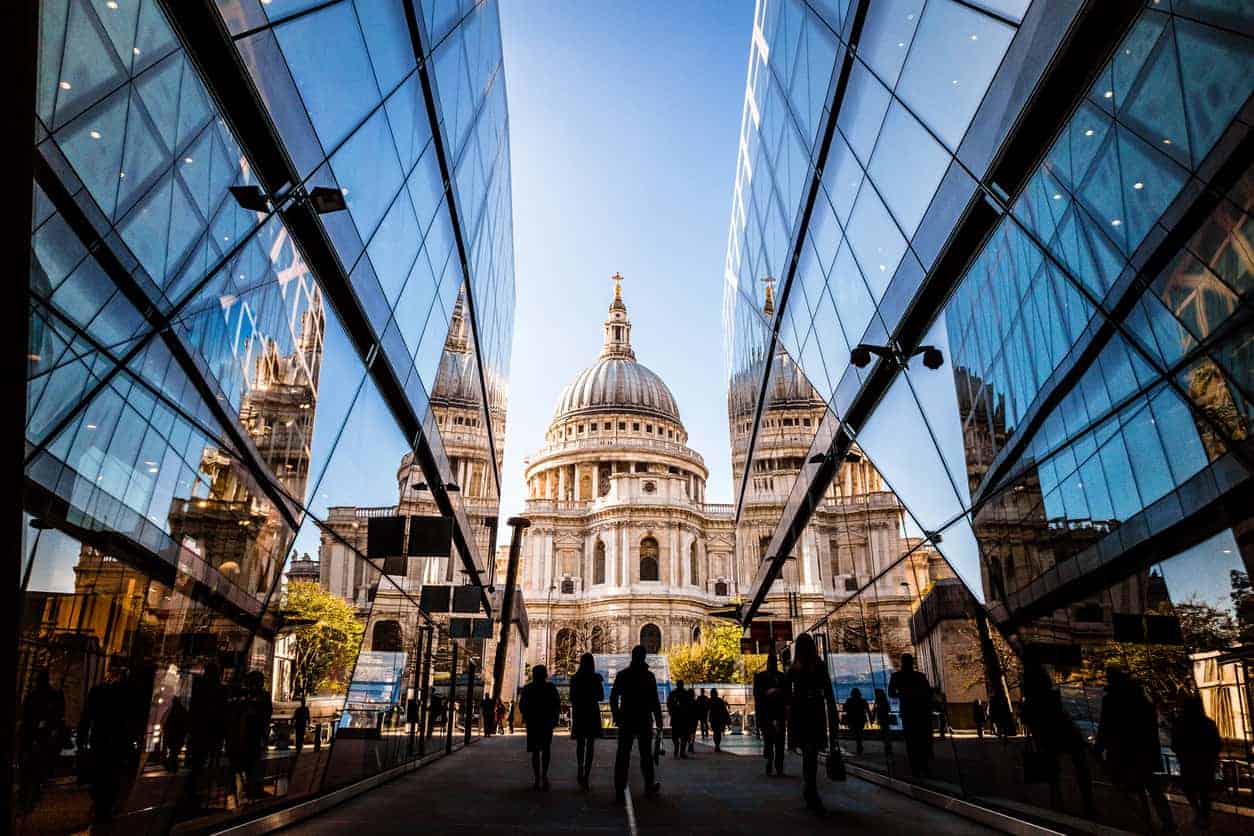Sitting on the banks of the River Thames, London is not only the seat of the Government of the United Kingdom but also the country’s financial center. Contact us to learn more about london flat to rent
Utilizing its prime location in the southeastern portion of England as a significant advantage, London has always been a bustling city, densely populated and wealthy. Looked upon as a center for the arts for centuries, how did this glorious mix of money and art come to be? Who founded this great city?
The Roman Empire
Yes, that’s right, the Roman Empire, which had taken Europe by storm, extended onto the shores of the now United Kingdom. Considering advantageous because of its impressive location on the River Thames, this port city grew to some degree even in the ancient world.
Founded as Londinium in 43 A.D., this city continued to grow as its significance as a port city continued to increase. By the third century A.D., it already boasted a population of 50,0000 and was considered highly influential. The Romans built a bridge across the River Thames linking Londinium to other cities and towns across the countryside by an extensive system of roads, establishing the growing metropolis into a city of incredible wealth and prosperity. Rome held the city until the fifth century AD when the Empire fell.
Due to repeated invasions by Anglo-Saxons throughout the 5th century, the once prosperous and bustling city was no longer the glowing jewel it once was until finally, in the 8th century, it was named the capital of the Kingdom of Essex.
The Vikings Arrive

Choosing Londinium because of its prime location on trade routes, the Vikings repeatedly attacked throughout the 9th century. As a result, Danish settlers settled throughout the area. They opened businesses in town and strongly encouraged trade throughout Europe. Because of these influences, the town became the first urban center of England.
As the wealth and influence returned to the city, the Danish Great Heathen Army besieged the city until it finally fell to King Alfred the Great in 886. When the Norman invasion came in 1067, all of the laws, rights, and privileges were established by William Duke of Normandy, who was crowned the King of England. Those are the same rights, laws, and privileges I place today. The Tower of London, one of the most notable attractions in England, was built during William’s reign.
King John reinforced the city’s self-government in 1999, and by 1215, the city was allowed to elect its mayor.
For years, England had no officially named capital city. Despite this, the government institutions were relocated to Westminster, which is quite close to London. This move and the rise of London as an important trade hub throughout the United Kingdom contributed to London’s rise as the capital of England.
Massive Expansion
London became the central trading hub for distribution throughout Europe during the fourteenth century. While it continued to grow in importance and power, by the fifteenth century, the rise of the textile industry led it to bloom to epic proportions.
During the Tudor and Stuart Dynasties of the sixteenth and mid-seventeenth centuries, centralized politics and massive maritime trade expansion helped London reap huge benefits. The population boom erupted from 100,000 during Henry VIII’s reign to 500,000 two hundred years later. That is a massive increase in population, trade, and revenue.
Because of the rapid growth and lack of proper planning, the city still held within ancient walls, which led to incredibly poor living conditions. In 1665, much of the population lived in squalor without fresh water, proper sanitation, or medical care. These factors all contributed, to a certain degree, to the devastating Great Plague, which wiped out 70,000 people. If that wasn’t bad enough, while the city was still reeling from losing approximately 15% of its population, a massive fire destroyed the vast majority of the city.
London’s Reconstruction

One of the most extensive undertakings in modern times, the rebuilding of London took on an urgency of epic proportions. Even in 1665, there were the first whispers of widespread urban planning and reconstruction. Taking over ten years to complete, the reconstruction of London impacting what is known as ‘The City’ was impressive. Architectural masterpieces like St. Paul’s Cathedral are ever-increasing London’s mass appeal as a social center with its beautiful palaces, theaters, museums, and halls.
Perhaps the biggest factor that enabled London’s incredible growth was the creation of the Bank of England in 1694. This provided incredible flexibility about finances, providing the impressive foundation upon which the empire could grow. It ultimately led to London’s presence as a financial institution to be reckoned with.
Modern Day London
The vast majority of modern-day London is from the Victorian era. Most of the city remained confined by the original Roman boundaries until the nineteenth century. With the advent of the Industrial Revolution, millions came to the city in hopes of working, and the city continued to expand out of control. With the overcrowded population, health problems began to crop up once again. A massive cholera epidemic took hold in 1832 and took 55,000 lives before it was contained. In 1858, another terrible event took place called the Big Stink. It occurred during the hottest summer months, the stench of the raw sewage feeding the River Thames so great that it suspended sessions of Parliament.
These things were corrected, and the city grew its importance as a trade and financial center secured by the end of the 19th century. The population grew from 700,000 in 1750 to 4,500,000 in just one hundred and fifty years. Today, it has almost 9,000,000.
The largest city of England’s population is incredibly diverse, with an astounding 300 languages spoken within its populace. If its wealth and prosperity were ever in question, in 2020, London would have the second-most billionaires of any city in Europe and the first city to have hosted three modern Summer Olympic Games. It has the largest number of higher education institutions in Europe. As the city continues to grow, its sites are on the horizon, ever-expanding.












0 Comments